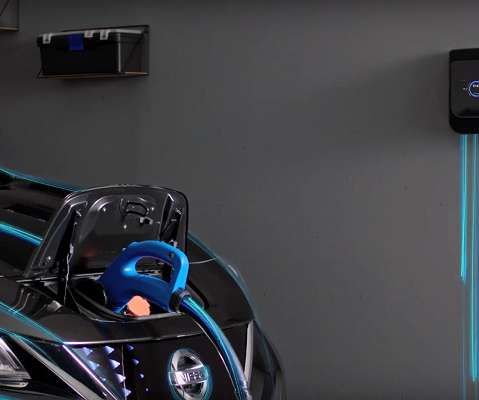Electric Vehicle Initiative Launched at Clean Energy Ministerial in Washington DC
Green Car Congress
JULY 20, 2010
At the Clean Energy Ministerial in Washington, DC, 19-20 July, ministers reaffirmed their commitment to previously-announced targets for the deployment of electric vehicles, which the International Energy Agency (IEA) estimates will create global market momentum leading to at least 20 million electric vehicles on the road worldwide by 2020.











Let's personalize your content